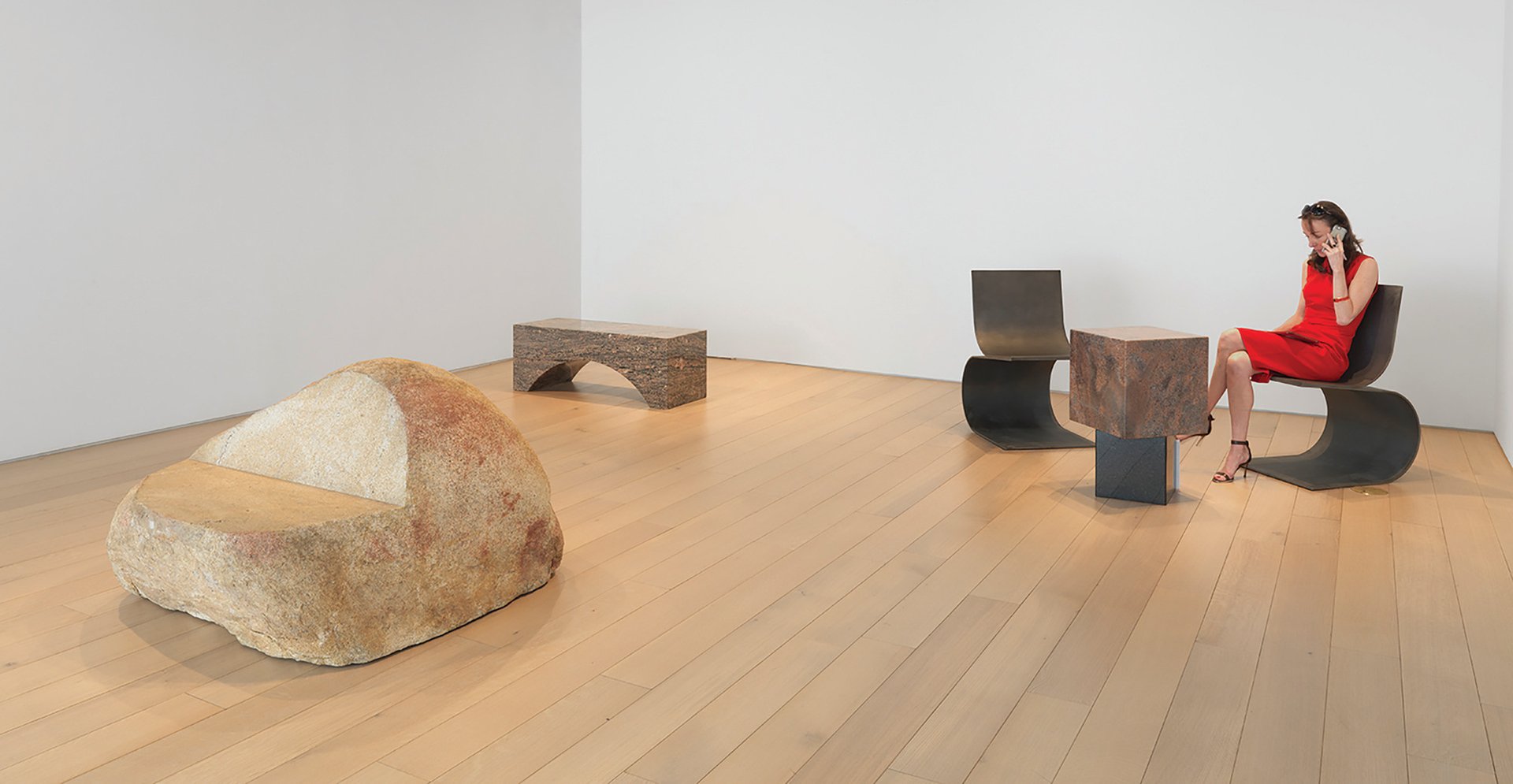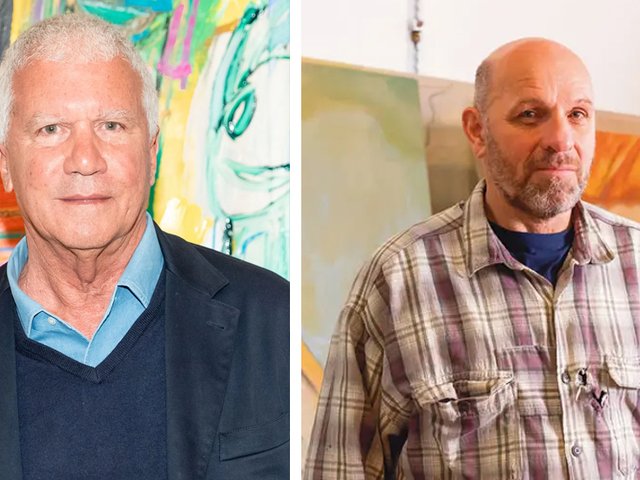The legacy of the sculptor Scott Burton has been shaped by one unorthodox decision: to leave his estate to the Museum of Modern Art (MoMA) in New York. The unprecedented move has created confusion in the marketplace and limited exposure of the artist, whose star was on the rise when he died suddenly in 1989, aged 50.
Burton, whose chairs, tables and stools blur the line between art and furniture, left his estate to MoMA because “he wanted his work in a public place as opposed to private gardens”, says Brenda Richardson, the former chief curator of the Baltimore Museum of Art.
But “museums are really not set up to represent artists”, says Barry Rosen, an adviser to artists’ estates. The arrangement poses a conflict of interest: MoMA is a scholarly institution that is meant to remain removed from the market, not to advocate for—and benefit from—the legacy of one particular artist.
The museum and its legal team are “trying to come up with the right answers”, says Ann Temkin, the chief curator of painting and sculpture at MoMA. “We were left with this—it wasn’t something we thought up.” One option, she says, is to establish an independent foundation dedicated to Burton’s work. “But we have to see if there is even a possibility of setting up such a thing, given the way the will was written.”
The case illustrates the difficulty of looking after artists’ legacies, and as MoMA grapples with the problem, Burton’s auction prices have tumbled. A pair of granite chairs (1985-87) sold at Christie’s in 2007 for £156,500 (more than $300,000 at the time). Three years later, an edition of the same work sold at Sotheby’s for $104,500—around a third of the price. By 2012, the cost of an edition at auction had fallen to $98,500. “There needs [to be] someone in a position to say: ‘I represent the estate and stand behind this work,’” the London-based dealer Inigo Philbrick says. “People want clarity before they invest time and money.”
Solo exhibitions
Burton’s last solo museum exhibition was more than ten years ago. But during his lifetime, he “was on his way to building up the kind of momentum and museum real estate that someone like Richard Serra, who is of the same generation, commands now”, says the art historian David Getsy, who is writing a monograph on the artist.
Burton had solo exhibitions at the Tate in London and at the Baltimore Museum of Art, performed at the Whitney Museum of American Art, the Solomon R. Guggenheim Museum and Documenta, and was the first artist to participate in MoMA’s “Artist’s Choice” series. (He controversially exhibited Brancusi’s pedestals as autonomous sculptures.) Before his death, there was talk of a MoMA retrospective.
The sculptor, who had Aids, did not finalise a will until shortly before his death. “I remember the awful pressure of working with Scott over those final weeks, trying to resolve his estate,” Richardson says. “Scott had left all of these matters until he was really too ill to think as clearly as one might hope.”
Burton had no family and left his estate initially to his partner, Jonathan Erlitz, who died in 1998. MoMA then inherited Burton’s archive, copyrights, art and money, as well as the authority to fulfil incomplete editions. His will instructed the museum to establish a fund in his name dedicated to “exploring and furthering appreciation of the close relationship between the fine and applied arts” and “promoting and preserving [Burton’s] artistic reputation”. The museum was tasked with selling off his work over time to benefit the fund.
Continued responsibility
Since 1998, MoMA has sold “many” works through Burton’s former dealers, Max Protetch and the Meulensteen Gallery, Temkin says. More than 20 acquisitions have been purchased with the fund, including three polyester chairs by Franz West recently on display in the museum’s lobby. In 2010, Protetch sold his gallery to Edwin Meulensteen, who closed it two years later. The museum has not sold anything since. “We have a continued responsibility to do that. We just haven’t made arrangements with a new gallerist,” Temkin says. “We’re being very deliberate.”
Meanwhile, problems have arisen. Posthumous editions were not always labelled as such. (“We did not designate it, but if anyone asked, we would reveal it,” Protetch says.) In 2009, Protetch lost a lawsuit brought by a Texas-based collector who complained that his Burton table was fabricated in a different colour and finish to the rest of the edition. (Protetch says it was an isolated incident.)
“Whenever I have brought up wills to artists, they recoil, because it’s too close to home,” says the dealer Laurence Shopmaker, who knew Burton. Although the sculptor’s will states that his editions should be fulfilled, it does not include specific instructions for posthumous production. “It’s not until after someone dies that you realise how unspecific some instructions are,” says Nina Felshin, Burton’s former studio manager.

Happily, and against all odds, Burton’s work is returning to the spotlight. Two works by the artist are on display in America Is Hard to See, the Whitney’s inaugural exhibition at its new building downtown (until 27 September). Wright Gallery in New York presented a solo exhibition in March; another is being held at Paul Kasmin Gallery (until 20 June). All the works were sourced privately, and neither gallery collaborated with MoMA.
“The poor chap hasn’t been presented very well for the past 25 years,” Kasmin says. His gallery is showing eight works by Burton, priced between $60,000 and $400,000.
Burton’s work “seems newly relevant today—there’s a way in which social practice was already anticipated by Burton’s moves into public space”, Getsy says. While collectors including Agnes Gund and Christophe de Menil bought his sculptures, Burton was most proud of his installations in plazas and parks. Getsy says that the artist “was trying to make works that were not intimidating to the viewer, and that means work that you sometimes walk by…or use without even knowing it is art”.
Many are hopeful that Burton will return to prominence. Philbrick says: “It’s not too late. But nobody benefits from the work being stuck in storage.”


